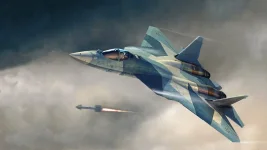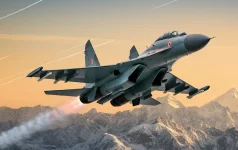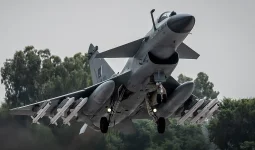- Views: 5K
- Replies: 80

India and the United States had previously initiated discussions on co-developing an engine for AMCA program. These talks had stalled due to disagreements over technology transfer. However, last month, during the second meeting of iCET between NSA Ajit Doval and Jake Sullivan, US officials have expressed renewed enthusiasm for the collaboration, signaling a willingness to reconsider India's demands for greater technology sharing.
US officials have privately conveyed that American engine manufacturers like General Electric (GE) and Pratt & Whitney (P&W) possess unparalleled expertise in next-generation fighter jet engine development. They have indicated a readiness to fulfill many of India's earlier requirements, even those previously seen as difficult to secure congressional approval for.
Currently efforts are underway to obtain clearance for an 80% technology transfer of the F-414 engines for local manufacturing by HAL. There are indications that the US might be open to exceeding this 80% mark specifically for the AMCA program.
However, DRDO Chief has previously reiterated the aspiration for a cutting-edge engine, rejecting mere upgrades to existing 4th-generation engines. The goal is to develop a brand-new engine from the ground up, incorporating 6th-generation technology. This engine would not only power the 5th-generation AMCA but also serve future platforms, ensuring its longevity for the next 40-50 years.
Currently, French company Safran is reportedly leading the race with an offer for a new engine for India's AMCA program. The renewed US interest adds a new dimension to this competition, signaling a potential shift in the landscape of India's defence partnerships.



